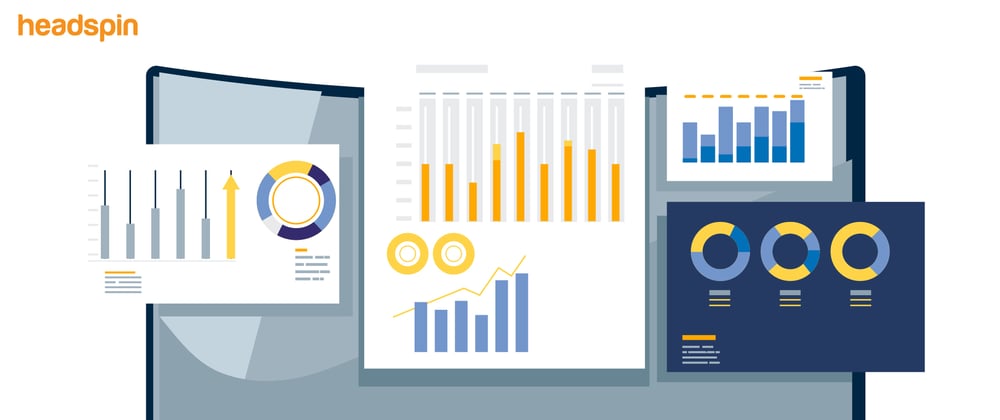Introduction
Regression testing consists of repeated testing of the existing features of any tool, application, or system as it receives new upgrades. It is conducted to ensure that the live functionalities of an application remain in working and unchanged condition when new functionality is added. Under the regression testing approach, the quality analyst checks existing features’ functional and non-functional aspects to ensure that new bugs or errors are not introduced into the application.
Regression testing is more than just re-running previous test cases; it ensures that new functionality is compatible with the existing ones without breaking the system now or in the future.
1. What is regression testing, and why do we need it
As mentioned, regression testing is a type of software testing conducted to confirm that a recent change or upgrade in the application has not adversely affected the existing functionalities. A tester initiates regression testing soon after the developer incorporates a new functionality into the application or finishes fixing an existing error. Often, when one code module is changed or upgraded, another module is likely to be affected due to dependencies existing among the two.
A regression testing approach is needed to evaluate the overall working of the application after it has undergone a recent change.
- Examines the functionality of the upgrade
- Ensures that the change does not interfere with existing features
- Identifies any errors or bugs in the application’s existing functionalities
- Helps determine bugs in the newly pushed code
2. Strategy for regression testing - what to test, how often to test, and more
Regression testing strategy is usually based on a number of key factors, such as how often the application is upgraded, how large the new change is, and what existing sections it could affect.
Here are some tried and tested proven strategies that you could follow during regression testing:
- Measure the scale of the upgrade or change to determine how much and how likely it would affect the application
- When introducing automation testing, outline the test cases and scenarios to know which should be automated and which should be manually tested
- The regression testing approach must cover all the possible test cases and impacted functionalities
- Focus on the testing process, technology, and roles when automating regression testing
- Perform risk analysis based on the size of your business/project and its complexity, along with its importance
3. Framework for regression testing - the different methods of setting up a framework
When the testing team opts for automated regression testing, they simultaneously must define the test automation framework for the purpose. By defining the test automation framework, testers can give a definite structure to the test cases when they are automated. This is how a defined architecture plays an important role in the automated testing:
- A designated QA professional, along with their preferred choice of automation testing tool
- A suitable and relevant structure to perform regression testing, including test cases and test suites
- A basic testing script to run the regression testing, which is also scalable and accommodating to the new test cases
- Prior to developing a test automation framework, integration tasks are completed to ensure that QA professionals can focus solely on running the script for regression testing
4. Best practices for regression testing - tips on improving your process
- Make detailed test case scenarios for regressing the testing approach
- Keep the test case file updated with new scenarios and perform regression testing based on that file
- Create a standard procedure for regressing testing on a regular basis
- Identify the functionalities or application areas at high risk due to recent upgrade or change
- Link regression testing with functional as well as non-functional testing
- Perform regression testing after every successful compiling of the new code
- Design the regression testing approach based on the risk factors surrounding the business model for the application
- Perform desired regression testing action and compare with the expected/previous response for the correctness
5. Types of tests that can be used in a regression framework
There are several types of tests you can conduct using a regression testing framework:
- Re-run previous test cases and compare the results with the previous outputs to check the application’s integrity after code modification
- Conduct regression testing by running only a part of the test suite, which might be affected due to the code change
- Take a regression testing approach where test cases are executed priority-wise; higher priority cases are executed before lower priority test cases (Test cases can be prioritized based on two factors: checking the upgraded/subsequent version of the application or checking the current version.)
- The above two techniques can be combined for hybrid test selection, running regression testing for a part of the test suite based on its priority
6. Common mistakes when running regressions tests
Every testing approach is riddled with common mistakes that could be easily prevented with extra care.
- Avoiding to conduct regression testing after code release/change or bug fix is a mistake in itself
- Not defining a regression testing framework or not sticking to one will result in arbitrary test cases and suites being executed on any automation tool that would cost time, money, and bug identification
- Not defining a goal and making it invisible to everyone involved in the project
- Re-running the same test cases is time-consuming and costly; yet, regression testing is necessary to ensure the application does not break when it is upgraded to a newer version
- Not opting for automation testing over the manual approach
These are some of the most common mistakes any professional can make while conducting regression testing. To avoid these, HeadSpin offers an intelligent regression testing approach that includes an automated solution to all your regression issues.
HeadSpin’s intelligent approach toward delivering aggregation and regression testing insights helps professionals monitor, analyze, and determine the changes that might have been introduced in the application. Alongside, HeadSpin offers build-over-build regression and location-to-location comparison with its AI-powered regression intelligence across new app builds, OS releases, feature additions, locations, and much more.







Top comments (0)